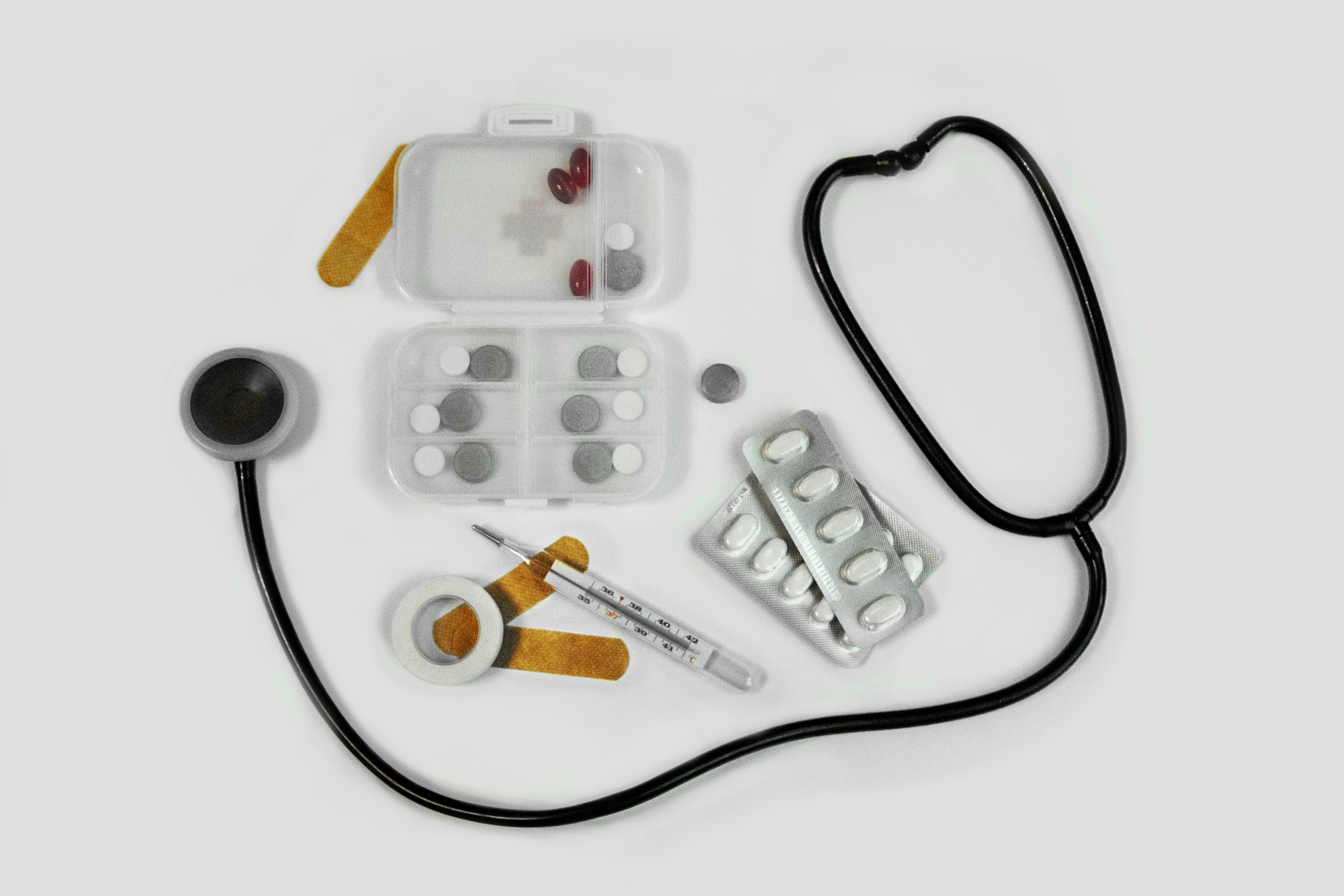The idea that you can catch a sexually transmitted disease (STD) or sexually transmitted infection (STI) from a toilet seat is one of the most persistent myths about sexual health. Many people worry about using public restrooms, fearing that bacteria or viruses left behind by others could infect them. However, the reality is quite different.
While public toilets can harbor bacteria and germs, the risk of contracting an STD or STI from a toilet seat is virtually nonexistent. Below, we’ll break down the science behind STD transmission and why this common concern is unfounded.
How STDs and STIs Are Transmitted
Sexually transmitted diseases (STDs) or sexually transmitted infections (STIs) are primarily spread through direct contact with infected bodily fluids or skin-to-skin transmission. The most common methods of transmission include:
- Sexual Contact: Vaginal, anal, or oral sex is the most frequent way STDs spread.
- Blood-to-Blood Contact: Some infections, like HIV and hepatitis B or C, can be transmitted through shared needles or blood transfusions.
- Mother-to-Child Transmission: Certain STDs, such as syphilis and HIV, can be passed from mother to baby during childbirth.
- Skin-to-Skin Contact: STIs like herpes and HPV can spread through direct skin contact, even without visible symptoms.
Unlike common bacteria or viruses that can survive on hard surfaces for extended periods, STDs/STIs require a warm, moist environment and direct human contact to spread.
Can STDs Spread Through Toilet Seats?
The short answer is no—STDs and STIs cannot be contracted from sitting on a toilet seat. These infections do not survive long outside the human body, meaning an STD on a toilet seat can not spread to you as toilet seats do not provide the necessary conditions for transmission. Most STDs and STIs are caused by viruses or bacteria that die quickly when exposed to air and dry surfaces.
For an infection to occur, the bacteria or virus would have to enter the body through mucous membranes or open wounds. Simply sitting on a toilet seat does not provide this type of exposure. No scientific evidence supports the claim that STDs or STIs can be transmitted this way.
Debunking Other Common Myths About STD Transmission
The myth about contracting an STD or STI from a toilet seat is just one of many misconceptions surrounding how these infections spread.
Here are a few other myths and the facts behind them:
Myth: You can get an STD from sharing towels, sheets, or clothing.
STDs require direct skin-to-skin or bodily fluid contact to spread. While pubic lice and scabies can survive on fabric for a short time, bacterial and viral STDs die quickly outside the body and cannot be transmitted through contaminated clothing or bedding.
Myth: You can get an STD from kissing.
Most STDs do not spread through saliva alone, but herpes and syphilis can be transmitted through direct oral contact, especially if open sores are present. However, casual kissing without visible symptoms carries little to no risk.
Myth: Pools, hot tubs, and swimming areas can spread STDs.
STDs cannot survive in properly chlorinated or treated water. Transmission in pools or hot tubs is only possible through direct sexual activity, not from simply sharing the water.
Myth: You can only get an STD if you have multiple partners.
Even one sexual encounter with an infected person can result in an STD. While having multiple partners increases the chances of exposure, anyone who is sexually active should consider regular testing.
Myth: If you don’t have symptoms, you don’t have an STD.
Many STDs, including chlamydia and HPV, can remain asymptomatic for months or even years. Regular testing is essential since infections can still spread and cause complications even without noticeable symptoms.
Myth: You have to have penetrative sex to get an STD.
Many STDs can be transmitted through non-penetrative sexual activities, including oral sex, genital-to-genital contact, and even skin-to-skin contact in the case of herpes and HPV. Infections like gonorrhea, syphilis, and chlamydia can also spread through oral or anal exposure, making protection important in all forms of sexual activity.

When to Get Tested for an STD/STI
Even if the risk of getting an STD from a toilet seat is zero, it’s important to stay informed about actual risks and know when to get tested. You should consider STD testing if:
- You have had unprotected sex with a new partner
- You or your partner have multiple sexual partners
- You experience symptoms such as unusual discharge, pain during urination, sores, or itching
- You are planning to become pregnant
- You have had an STD in the past—some infections, like herpes, can reoccur
Regular STD screenings are a key part of sexual health. Many infections are easily treatable when caught early, preventing complications and reducing the risk of spreading them to others. If you’re unsure whether you need testing, consulting a healthcare provider is the best way to ensure peace of mind and protect your health.
Frequently Asked Questions
What is the easiest STD to catch?
HPV is the most common STD because it spreads easily through skin-to-skin contact, even without visible symptoms. Other highly contagious STDs include chlamydia and gonorrhea, which are transmitted through unprotected sex.
Is it okay to sit on public toilet seats?
Yes, sitting on a public toilet seat poses no risk of contracting STDs. While some bacteria may be present, proper handwashing is the best way to prevent infection.
Is a UTI contagious through toilet seats?
No, urinary tract infections (UTIs) are not contagious and cannot be spread through toilet seats. They are usually caused by bacteria from the body entering the urinary tract.
Can you get chlamydia or gonorrhea from a toilet seat?
No, chlamydia and gonorrhea are transmitted through sexual contact, not from toilet seats. The bacteria that cause these infections cannot survive long on dry surfaces and require direct mucous membrane contact to spread.
Can you get diseases from a toilet seat?
It is highly unlikely to contract diseases from a toilet seat. Most bacteria and viruses that cause infections do not survive long on dry surfaces. While some germs may be present, proper hygiene, like washing your hands, helps prevent any potential risk of infection.
Take Control of Your Sexual Health
While you don’t need to worry about catching an STD from a toilet seat, understanding real transmission risks is essential for protecting yourself. Many STDs can go unnoticed for months or even years, making regular testing an important part of sexual health.
Whether you’re experiencing symptoms or just want peace of mind, 24hrdoc offers fast, private, and affordable online STD treatment, so you can get diagnosed and treated from the comfort of home.
Don’t let uncertainty put your health at risk—take control of your well-being and get tested today!




